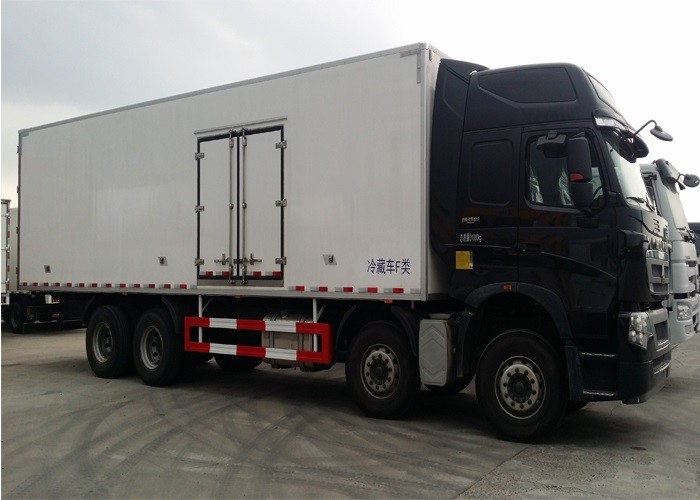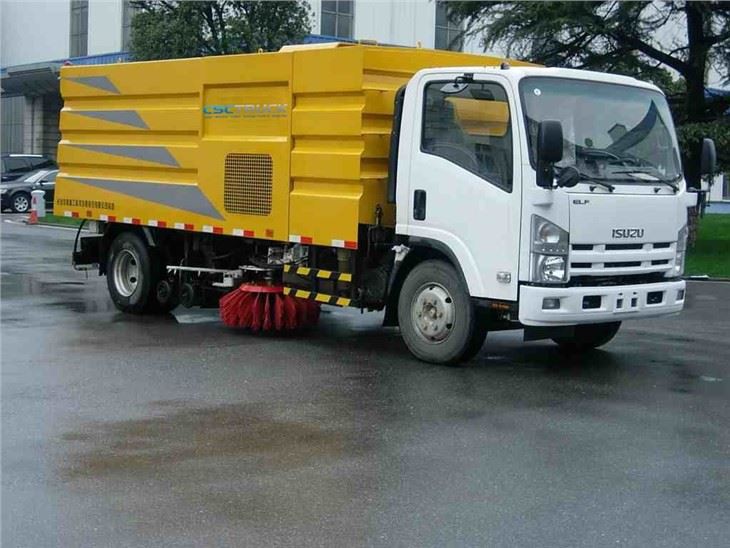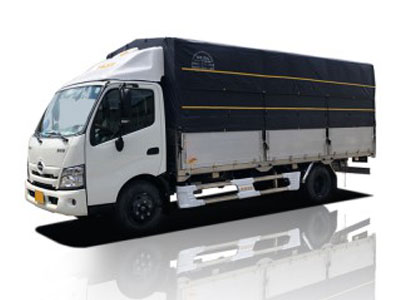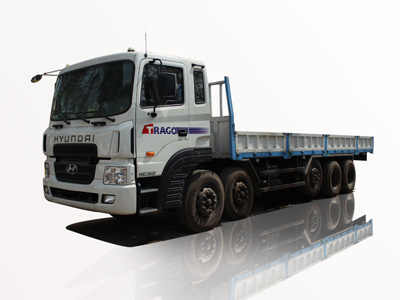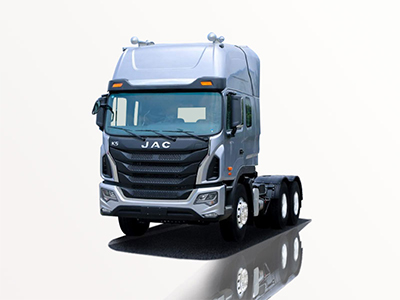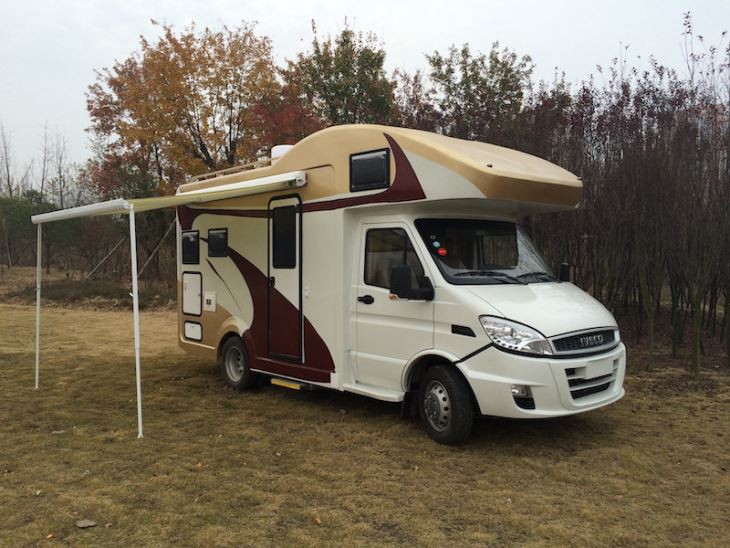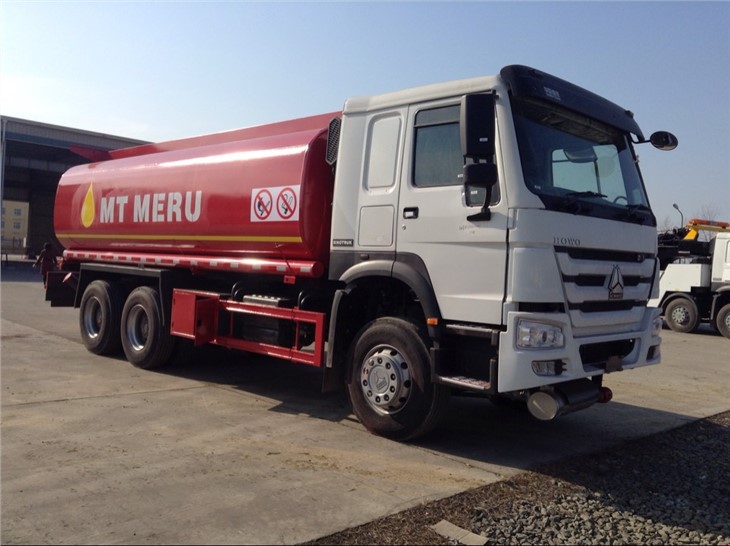Fire apparatus dimensions are critical for ensuring that fire trucks and emergency vehicles can effectively serve their purpose while adhering to safety and operational standards. In this comprehensive article, we will explore the various dimensions and specifications of fire apparatus, the implications of size in different scenarios, and practical tips for measuring and optimizing these vehicles.
What is Fire Apparatus?
Fire apparatus refers to motorized vehicles designed to respond to fire emergencies and other incidents that require firefighting services. These vehicles vary in type and size, with each designed to serve specific functions, such as extinguishing fires, transporting firefighters, or carrying water and equipment.
Importance of Fire Apparatus Dimensions
The dimensions of fire apparatus play a crucial role in how efficiently the vehicle can operate in various environments. Proper sizing impacts everything from maneuverability in tight spaces to the capacity for carrying essential equipment and personnel. Understanding these dimensions is vital for fire departments when selecting or designing apparatus.
Key Dimensions of Fire Apparatus
1. Overall Length
The overall length of a fire apparatus can affect its maneuverability and operational capabilities. Common lengths range from 20 to 40 feet, but this may vary based on the type of apparatus.
2. Width and Height
The width and height of fire apparatus also significantly impact their operation. Width typically ranges from 8 to 10 feet, and height can be anywhere from 8 to 12 feet, which can affect accessibility in certain situations.
3. Wheelbase
The wheelbase, or the distance between the front and rear axles, influences stability and turning radius. Fire apparatus generally have wheelbases ranging from 12 to 20 feet.
4. Ground Clearance
Ground clearance is crucial for off-road capability, especially for brush trucks and wildland firefighting vehicles. Clearance can vary, with many vehicles offering on-ground clearance of 10 to 14 inches.
Types of Fire Apparatus and Their Dimensions
1. Fire Engine
Fire engines are designed for firefighting and often carry water, hoses, and firefighting equipment. Standard dimensions for a fire engine may include:
| Dimension | Measurement |
|---|---|
| Length | 25 – 35 feet |
| Width | 8 – 9 feet |
| Height | 8 – 10 feet |
2. Aerial Ladder Truck
Aerial ladder trucks provide access to high places and often feature an extendable ladder. Their dimensions typically include:
| Dimension | Measurement |
|---|---|
| Length | 30 – 40 feet |
| Width | 8 – 10 feet |
| Height | 11 – 13 feet |
3. Rescue Truck
Rescue trucks are equipped to handle medical emergencies and technical rescues. Their dimensions are generally:
| Dimension | Measurement |
|---|---|
| Length | 25 – 30 feet |
| Width | 8 – 9 feet |
| Height | 10 – 12 feet |
4. Tankers
Tankers are built to transport large volumes of water. Their dimensions are generally larger:
| Dimension | Measurement |
|---|---|
| Length | 30 – 40 feet |
| Width | 8 – 10 feet |
| Height | 10 – 12 feet |
Factors Influencing Fire Apparatus Dimensions
1. Intended Use
The primary consideration when determining fire apparatus dimensions is the intended use. For example, urban fire engines may require compact designs for maneuvering through city streets, while rural tankers may need to accommodate larger water capacities.
2. Local Regulations
Local fire codes and regulations often dictate maximum sizes for emergency vehicles to ensure safety on streets and roadways. Compliance with these regulations is essential for all fire departments.
3. Manufacturer Specifications
Manufacturers typically provide standard dimensions for various types of apparatus based on engineering considerations and performance testing. Departments must consider these when making purchasing decisions.
Measuring Fire Apparatus Dimensions
1. Physical Measurement Techniques
Having accurate measurements of the fire apparatus is critical. The physical measurement should include using a tape measure for dimensions like length, width, and height. Make sure to measure from the furthest points to ensure accuracy.
2. Digital Tools
Some modern tools allow for precise measurements using laser technology. These can offer highly accurate results without the need for physical contact, which can be particularly useful in tight spaces.
Practical Tips for Fire Departments
1. Evaluate Your Needs
Before selecting fire apparatus, consider the specific needs of your department. Assess factors like the types of emergencies faced, population density, and geographical challenges.
2. Test Maneuverability
Perform practical tests with different apparatus models in real-life scenarios to evaluate maneuverability in various environments, such as urban settings or narrow roads.
3. Regular Maintenance
Ensure that regular maintenance checks are performed on all fire apparatus. This not only guarantees optimal functioning but can also help reveal structural issues impacting dimensions and safety.
4. Plan for Upgrades
Fire departments should plan for future needs. As technology and standards evolve, apparatus may need to be upgraded or replaced to meet these demands.
Future Trends in Fire Apparatus Design
1. Electric and Hybrid Models
With the push towards sustainability, more fire apparatus manufacturers are exploring electric and hybrid models, which may have different dimensions due to battery size and weight distribution.
2. Advanced Technology Integration
Future fire apparatus are likely to include enhanced technology, such as advanced navigation systems, which could necessitate changes in dimensions for better installation and functionality.
Frequently Asked Questions (FAQ)
1. What are the standard dimensions for a fire engine?
Standard dimensions for a fire engine usually range from 25 to 35 feet in length, 8 to 9 feet in width, and 8 to 10 feet in height.
2. How do local regulations affect fire apparatus dimensions?
Local regulations often set maximum size limits for emergency vehicles to ensure they can operate safely on public roads and in emergency situations.
3. Why is ground clearance important for fire apparatus?
Ground clearance is essential for off-road capabilities, especially in rural areas where fire departments may need to navigate rough terrain to reach emergencies.
4. How can departments ensure they have the right size apparatus?
Departments should evaluate their specific needs, local regulations, and perform practical tests to ensure the selected apparatus meets all operational requirements.
5. What factors should influence the purchase of new fire apparatus?
Key factors include intended use, local regulations, manufacturer specifications, and the historical response needs of the area served.
6. Are there fire apparatus designed for specific types of emergencies?
Yes, fire apparatus are often designed for specific emergencies, such as wildfires, urban fires, or technical rescues, which influences their dimensions and configurations.
